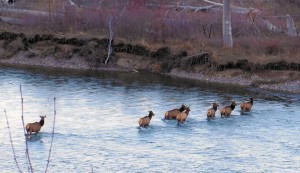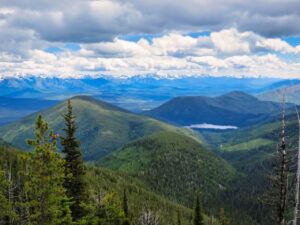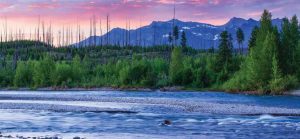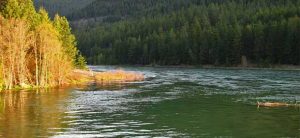
[Location update! Due to uncertainties in the weather and flooding at the hostel, the memorial has moved to Sondreson Community Hall. For those not familiar with the area, the Hall is about 7 miles north of Polebridge, just south of the Whale Creek bridge.]
John Frederick, one of the founders of the North Fork Preservation Association and, for a total of about 25 years, its president, died on November 15, 2017. On May 19, friends, family and admirers will gather at 1:00 p.m. at the North Fork Hostel to remember John’s life and his contributions to the North Fork. Here (lightly edited) is the announcement circulated by Oliver Meister, owner of the North Fork Hostel . . .
We are celebrating John’s life at the North Fork Hostel on May 19, 2018 at 1:00 p.m.
Everybody is welcome. We will tell John stories and share memories. There will also be music and mementos.
Bring a chair, lounger or hammock. Don’t forget an umbrella if it rains.
We will have a BBQ after we’re done with the remembering. Bring a side or dessert if you want to stick around for it.
Please join us!







